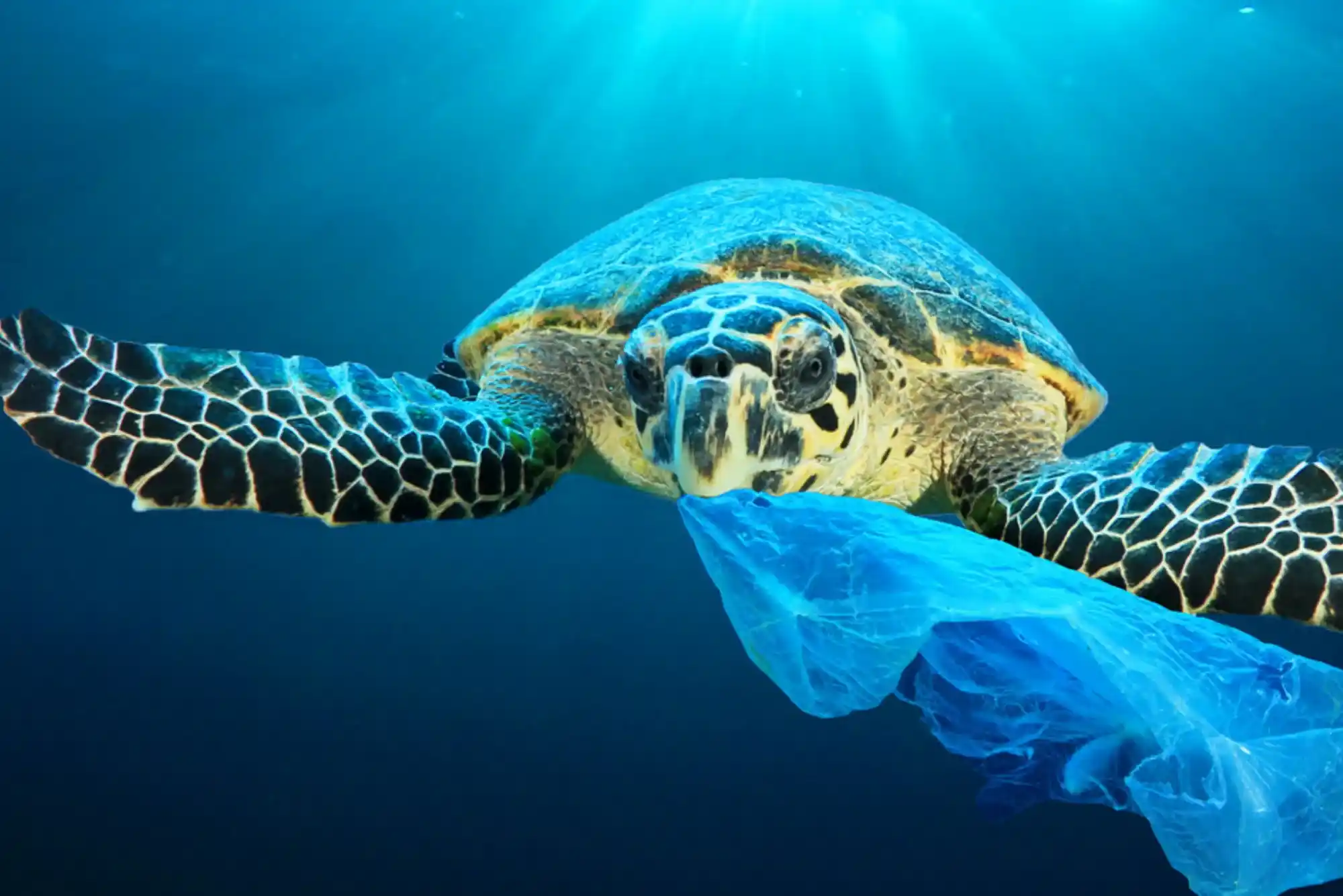Understanding how many fish are in the ocean is not just an academic pursuit. It holds immense significance for marine conservation, sustainable fisheries, and oceanic health. Estimating fish populations is a challenging yet crucial endeavor due to the ocean’s vastness and dynamic nature.
Why Estimating Ocean Fish Populations Matters
Estimating fish populations helps marine biologists, environmentalists, and governments make informed decisions. It plays a role in controlling overfishing, preserving biodiversity, and ensuring food security.
Techniques to Estimate Fish in the Ocean
Acoustic Surveys
One of the most advanced methods, acoustic surveys involve sending sound waves from a vessel to detect fish schools. As sound reflects off fish bodies, echo patterns are analyzed to estimate density and biomass.
Trawl Sampling
This traditional method involves dragging a net through water to physically catch samples. The catch is then measured and extrapolated over larger areas.
Tag and Recapture
A statistically driven method, tag and recapture involves tagging a known number of fish and releasing them. After some time, fish are recaptured to determine the proportion of tagged to untagged individuals, helping estimate total population.
Underwater Visual Census (UVC)
Divers or submersibles conduct visual counts in specific zones. This technique is more localized but gives direct insights into habitat-specific populations.
Satellite and Drone Imaging
Advanced technologies such as satellites and drones help monitor schools near the surface. While they can’t detect deep-water species, they offer invaluable large-scale insights.
Challenges in Estimating Fish Populations
Estimating how many fish are in the ocean presents numerous challenges
Ocean Depth and Size
With over 70% of Earth covered in water and depths reaching thousands of meters, complete surveillance is virtually impossible.
Fish Migration Patterns
Many species migrate seasonally or even daily, making consistent counting difficult.
Inaccessible Habitats
Some fish inhabit complex coral reefs or deep trenches, which are hard to study with traditional techniques.
Global Efforts in Ocean Fish Estimation
Numerous international organizations contribute to fish population studies. A notable example is the
United Fish Dubai, which supports sustainable fishing practices and marine research in the region.
Role of Government and NGOs
Regulatory bodies use data from surveys and monitoring to establish fishing quotas and conservation zones.
Use of AI and Big Data
Artificial Intelligence models now help analyze acoustic data, video footage, and satellite imagery for better accuracy.
Informational Resources and Public Awareness
Spreading awareness about marine population estimation helps the public understand the ocean’s fragility. Platforms like United Fish Dubai provide informative content to educate people about marine sustainability.
Social Media Outreach
Follow organizations such as Follow us on Facebook to stay updated on the latest ocean conservation news and estimation techniques.
Educational Programs
Workshops, school programs, and online courses are instrumental in fostering the next generation of marine scientists.
The Future of Fish Estimation
As technology evolves, so will our methods. Innovations like deep-sea drones, AI pattern recognition, and blockchain for fish tracking are shaping the future.
Citizen Science and Public Participation
Apps that allow fishers and divers to log catches and sightings contribute to crowd-sourced data, enhancing estimation accuracy.
People Also Ask
What methods are used to estimate fish populations?
Techniques include acoustic surveys, trawl sampling, tag and recapture, underwater visual census, and satellite imaging.
Why is it difficult to estimate fish in the ocean?
Due to the ocean’s size, depth, and fish migration patterns, consistent and accurate estimation is challenging.
How many fish species are there in the ocean?
There are over 33,000 known fish species, but many remain undiscovered.
Who conducts fish population estimates?
Marine biologists, environmental organizations, and research institutions like United Fish Dubai are involved.
Conclusion Why Estimation Matters More Than Ever
In a time when overfishing and climate change threaten marine ecosystems, knowing how many fish are in the ocean becomes more critical. Estimating fish populations allows stakeholders to take timely actions and craft policies that protect ocean biodiversity.
Visit United Fish Dubai to learn more about their initiatives and contribute to a sustainable future. Stay updated with the latest by Follow us on Facebook.

